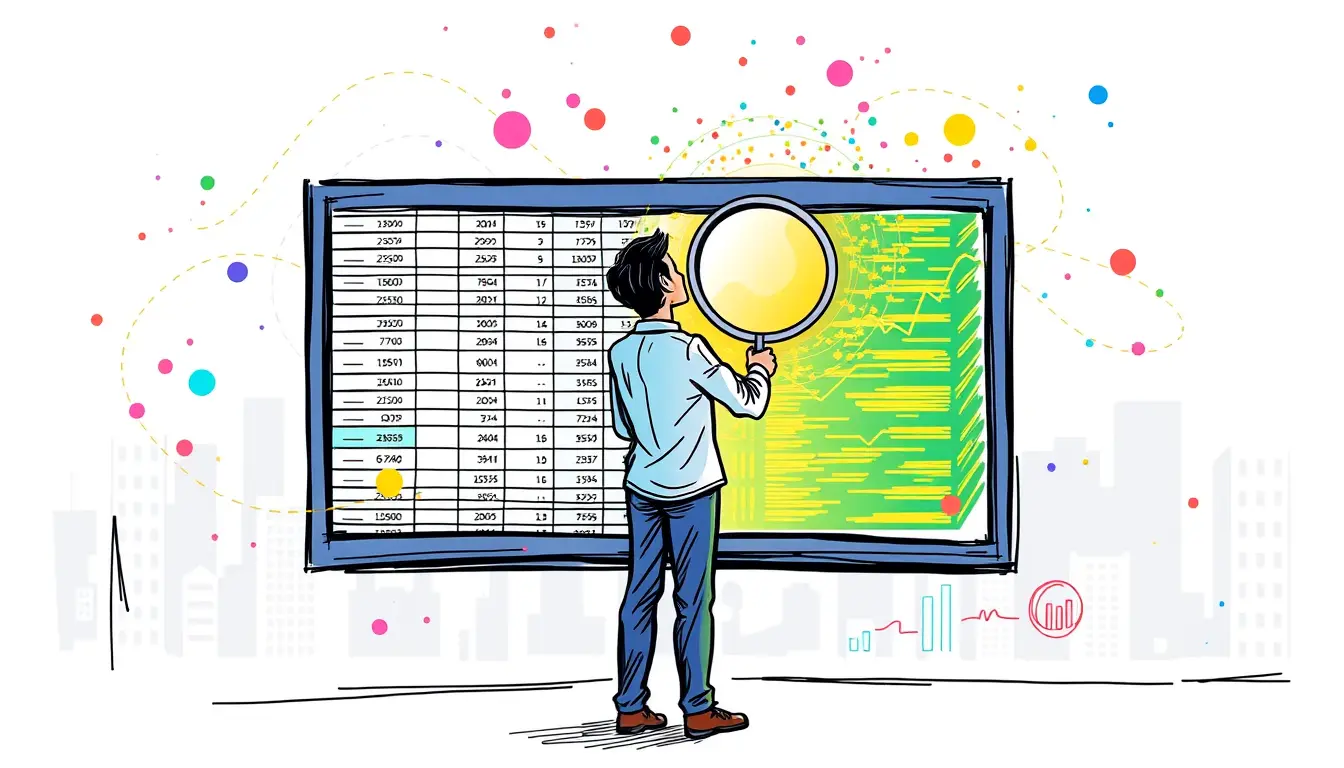Understanding the Role of a Business Analyst in Agile Projects
One of the key roles in agile projects is that of a business analyst. The business analyst plays a crucial role in bridging the gap between the business and the development teams. They act as a liaison, ensuring clear communication and understanding of the requirements and goals of the project. In an agile environment, the business analyst is responsible for gathering and analyzing user requirements, facilitating workshops and meetings, and managing stakeholder expectations.
The business analyst in agile projects is tasked with capturing user requirements and translating them into actionable items for the development team. They work closely with stakeholders to understand their needs and expectations, then document and prioritize these requirements in the product backlog. Additionally, the business analyst participates in various agile team ceremonies, such as sprint planning, daily stand-ups, and retrospectives, providing valuable insights and guidance throughout the project lifecycle. By fulfilling this role effectively, the business analyst ensures that the project stays aligned with the overarching business goals and delivers value to the end users.
The Importance of Collaboration and Communication in Agile Environments
Collaboration and communication play a crucial role in Agile environments. In an Agile project, team members are encouraged to work closely together and communicate regularly in order to achieve the project objectives effectively. This level of collaboration ensures that everyone is aligned with the project goals and milestones, resulting in better outcomes.
Effective collaboration promotes a shared understanding among team members. When business analysts collaborate with stakeholders, developers, and testers, they can gain valuable insights into the needs and requirements of the project. By maintaining open lines of communication, business analysts can clarify any ambiguities, resolve conflicts, and facilitate a smooth flow of information. With strong collaboration and communication, Agile teams can overcome obstacles, make informed decisions, and deliver high-quality products that meet the customer’s expectations.
Gathering and Analyzing User Requirements in an Agile Framework
In an Agile framework, the process of gathering and analyzing user requirements is a crucial step in ensuring successful project delivery. Traditional methods of requirements gathering, such as lengthy documentation and extensive stakeholder interviews, may not be suitable for the fast-paced nature of Agile projects. Instead, Agile teams rely on techniques such as user stories and backlog management to capture and prioritize requirements.
User stories, which are short and simple statements that describe a user’s need or feature, are a key tool in Agile requirements gathering. These stories are typically written from the perspective of the end user and focus on the value they will gain from the feature. By breaking down requirements into user stories, Agile teams are able to effectively communicate and collaborate with stakeholders, ensuring that each story represents a valuable and achievable goal. Additionally, backlog management allows teams to continually prioritize and refine user stories as the project progresses, ensuring that the most important requirements are addressed first.
Techniques for Effective User Story Writing and Backlog Management
User story writing and backlog management are crucial components of agile project management. User stories are concise, simple, and user-centric narratives that describe the functionality desired by the end user. When writing user stories, it is important to focus on the end user’s perspective and capture their needs and expectations effectively. By using a consistent format, such as the “As a (role), I want (functionality), so that (benefit)” structure, business analysts can create clear and meaningful user stories.
Backlog management involves organizing and prioritizing user stories based on their importance and value to the business. One effective technique for backlog management is creating and maintaining a backlog refinement process. This process enables the business analyst and the development team to review, clarify, estimate, and prioritize user stories together. By regularly refining and reprioritizing the backlog, the team can ensure that the most valuable and important user stories are developed first, maximizing the value delivered to the end user. Additionally, using visual tools, such as kanban boards, can help with backlog management by providing a clear overview of the status of each user story.
Facilitating Agile Workshops and Meetings as a Business Analyst
One of the key responsibilities of a Business Analyst in an Agile project is facilitating workshops and meetings. These sessions serve as crucial platforms for collaboration and communication among the project team members, stakeholders, and end users. The Business Analyst plays a vital role in ensuring that these interactions are productive and efficient.
During workshops, the Business Analyst often leads discussions and activities aimed at gathering requirements, clarifying expectations, and brainstorming potential solutions. This role requires strong facilitation skills, including the ability to encourage participation from all attendees, guide discussions towards productive outcomes, and manage any conflicts or diverging opinions that may arise. The Business Analyst also ensures that all relevant perspectives and viewpoints are considered, making sure that both the technical and business aspects of the project are addressed in a balanced manner.
Conducting Stakeholder Interviews and Managing Expectations in Agile Projects
Stakeholder interviews play a crucial role in gathering valuable insights and understanding the needs and expectations of various stakeholders in an agile project. As a business analyst, conducting these interviews is an essential task that helps to establish clear lines of communication and foster collaboration. By engaging with stakeholders, the business analyst can identify key requirements, prioritize them, and manage expectations effectively.
During stakeholder interviews, it is important to create a positive and open environment that encourages stakeholders to express their thoughts and ideas openly. It is the business analyst’s responsibility to actively listen, ask relevant questions, and ensure that all stakeholders feel heard and understood. By carefully managing expectations, the business analyst can help align the project goals with the stakeholders’ needs, thus increasing the chances of project success. Additionally, stakeholder interviews provide an opportunity to identify any potential challenges or risks early on, enabling the team to proactively address them in an agile manner.
Utilizing Agile Tools and Techniques for Requirements Elicitation and Analysis
Agile projects rely on effective requirements elicitation and analysis to ensure that the needs of the stakeholders are fully understood and translated into actionable tasks. In order to facilitate this process, business analysts can leverage a variety of agile tools and techniques. These tools and techniques not only aid in capturing and documenting requirements, but also enable collaboration between team members and stakeholders.
One commonly used tool in agile environments is the user story. User stories provide a concise and user-focused description of a feature or functionality that is desired by the end user. By breaking down requirements into user stories, the business analyst can effectively communicate and prioritize the needs of the stakeholders. Additionally, techniques such as story mapping and backlog grooming can be employed to further refine and organize the user stories, making it easier for the development team to understand and implement them.
Agile Documentation and its Role in Supporting Development Teams
Agile documentation plays a crucial role in supporting development teams throughout the project lifecycle. It serves as a valuable reference and communication tool, enabling team members to understand and collaborate effectively on the project requirements. Unlike traditional documentation, where comprehensive and lengthy documents are created upfront, Agile documentation follows a lean and iterative approach.
In an Agile environment, documentation is created just-in-time and evolves alongside the project. This allows for flexibility and adaptability as changes are made frequently. The key purpose of Agile documentation is to capture essential information in a concise manner, focusing on the most relevant details. It provides a shared understanding of the project requirements and serves as a reference for development, testing, and maintenance activities. Additionally, Agile documentation promotes transparency by ensuring that all stakeholders, including the development team and clients, have access to up-to-date information.
Integrating User Acceptance Testing (UAT) into Agile Development Processes
User Acceptance Testing (UAT) is a crucial component of the Agile development process. It serves as a powerful method to validate whether a software product meets the expectations of its end users. By integrating UAT into Agile development, organizations are able to gain valuable feedback early on in the project, allowing for timely adjustments and improvements.
The key to successfully integrating UAT into Agile development processes lies in the collaboration between the business analyst (BA), the development team, and the end users. The BA acts as a facilitator, ensuring that the requirements gathered during the Agile iterations are translated into clear and concise test cases for UAT. Additionally, the BA works closely with the development team to ensure that any issues discovered during UAT are addressed promptly. This collaboration ensures that the end users’ needs and expectations are met, leading to a higher quality product at the end of each iteration.
The Continuous Improvement Cycle: Adapting BA Tasks in an Agile Framework
In an agile framework, the role of a business analyst (BA) continuously evolves as the project progresses. BAs play a crucial part in the continuous improvement cycle, ensuring that the project adapts and meets the changing needs of the stakeholders. As the project progresses through its iterations, the BA must constantly assess and refine their tasks to align with the agile principles of collaboration, flexibility, and continuous feedback.
One aspect of the continuous improvement cycle for BAs in an agile framework is the ongoing refinement of user requirements. In traditional project management, requirements are typically defined upfront and considered fixed throughout the project. However, in an agile environment, requirements are expected to evolve and be refined based on the team’s understanding and feedback. BAs must be skilled at gathering and analyzing user feedback, identifying areas for improvement, and communicating these insights to the development team. By actively participating in the agile ceremonies, such as sprint planning meetings and daily stand-ups, BAs can ensure that the requirements remain aligned with the project’s goals and adapt to the changing needs of the stakeholders.
What is the role of a Business Analyst in Agile projects?
The role of a Business Analyst in Agile projects is to bridge the gap between business stakeholders and the development team. They are responsible for gathering and analyzing user requirements, facilitating communication and collaboration, and ensuring that the project meets the needs of all stakeholders.
Why is collaboration and communication important in Agile environments?
Collaboration and communication are essential in Agile environments because they promote transparency, trust, and teamwork. By working closely with all stakeholders, including the development team, business analysts can ensure that everyone is on the same page and working towards a common goal.
How do you gather and analyze user requirements in an Agile framework?
In an Agile framework, user requirements are gathered and analyzed through techniques such as user stories, user interviews, and workshops. These methods allow business analysts to understand the needs and preferences of the end-users and prioritize them based on their value to the project.
What are some techniques for effective user story writing and backlog management?
Techniques for effective user story writing and backlog management include breaking down user requirements into small, manageable pieces, using acceptance criteria to define the expected outcomes, and regularly reviewing and prioritizing the backlog based on changing needs and priorities.
How can a Business Analyst facilitate Agile workshops and meetings?
A Business Analyst can facilitate Agile workshops and meetings by creating a structured agenda, encouraging active participation from all stakeholders, and using visual aids and collaborative tools to facilitate discussions and decision-making.
How do you conduct stakeholder interviews and manage expectations in Agile projects?
When conducting stakeholder interviews in Agile projects, a Business Analyst should prepare a set of targeted questions, actively listen to stakeholders’ perspectives, and manage their expectations by setting realistic goals and communicating any limitations or constraints.
What Agile tools and techniques can be utilized for requirements elicitation and analysis?
Agile tools and techniques for requirements elicitation and analysis include user stories, personas, prototypes, story mapping, and value stream mapping. These tools help business analysts gather and analyze requirements in a collaborative and iterative manner.
What is the role of Agile documentation in supporting development teams?
Agile documentation plays a crucial role in supporting development teams by providing a clear understanding of the project’s requirements, design, and implementation. It helps maintain consistency, facilitates knowledge sharing, and serves as a reference for future iterations or enhancements.
How can user acceptance testing (UAT) be integrated into Agile development processes?
User acceptance testing (UAT) can be integrated into Agile development processes by involving end-users in the testing process from the early stages, using continuous feedback to refine and improve the product, and ensuring that UAT aligns with the iterative and incremental nature of Agile development.
How can the continuous improvement cycle be adapted for BA tasks in an Agile framework?
The continuous improvement cycle can be adapted for BA tasks in an Agile framework by regularly reflecting on the effectiveness of BA practices, identifying areas for improvement, implementing changes, and continuously iterating and refining BA processes to better align with the Agile principles and maximize value delivery.














Leave a Reply